Search Results
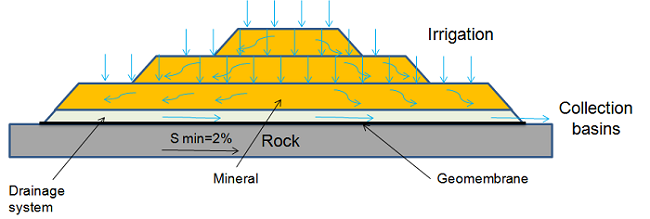
Porous Media Flow Simulations for the Mining Industry with AMPHOS 21
The mining industry pre-dates sophisticated simulation software and the computers it runs on by thousands of years. As an essential modern industry, however, the technical and analytical capabilities offered by AMPHOS 21, a COMSOL Certified Consultant, are critical for both understanding and optimizing mine operations. Recently, we sponsored a webinar together with NASA Tech Briefs on “Mining and Hydrogeology: Porous Media Flow Simulations with COMSOL”, featuring environmental consultants Jorge Molinero and Elena Abarca from AMPHOS 21. Here are some of […]
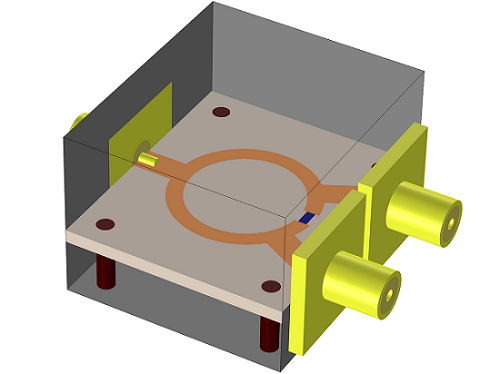
Wilkinson Power Divider Simulation
A Wilkinson power divider is a common three-port power splitter circuit that is used to split an input signal into two equal output signals, or to combine two signals into one. Unlike resistive or T-junction power dividers, a Wilkinson power divider allows for nearly complete isolation between the two ports and adds no resistive losses to the power split. Because of these characteristics, a Wilkinson divider is widely used in radio communication systems due to its ability to prevent crosstalk […]
Integrated Circuit Design and the Photolithography Process
When designing products on the nanometer scale, physics interactions that are considered negligible on the larger scale make their presence known. One such case where these forces must be taken into account is in the design of integrated circuits, where understanding and optimizing the effects of van der Waals forces, attractive forces, and surface tension become vitally important to creating a robust design. As technological advancements call for both the size of integrated circuits to decrease and the density of […]
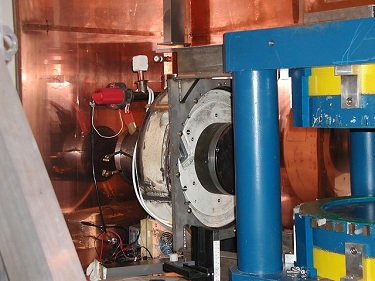
Hybrid Linac-MR for Real-Time Image-Guided Radiotherapy
A team of medical physicists at the Cross Cancer Institute in Alberta, Canada has come up with an innovative approach to treat cancer. In affiliation with The Linac-MR Project, the team led by Gino Fallone aims to improve the accuracy of cancer treatment by reducing damage to healthy tissue surrounding a tumor site, while ensuring the tumor receives the intended radiation dose. They are accomplishing this through the development of a hybrid linear particle accelerator (Linac) integrated with magnetic resonance […]
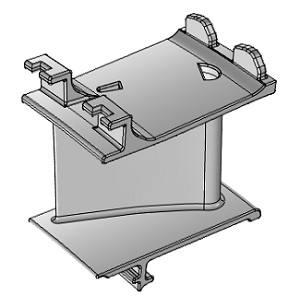
Simulating Thermal Stress in a Turbine Stator Blade
We can leverage simulation software to understand and optimize component design. Every simulation relies on a model that is a representation of the reality that the application finds itself in. Modeling enables us to represent this reality with enough detail to receive relevant information about the particular application or component. Let’s have a look at a thermal stress analysis of the turbine stator blade model from our Model Gallery and investigate the effects of heat transfer and thermal stress that […]

Flying Under the Radar with Altran Group’s Stealth Antenna Design
The unique properties of radio frequency (RF) electromagnetic radiation enabled countless innovations in recent decades, including the development of radar systems. Depending on the frequency, RF radiation can travel through solid insulating structures, typical atmospheric conditions, clouds, and rain with only minimal losses allowing for its use over long ranges and in varied weather conditions. The aerospace and defense industries have expanded and progressed rapidly as a result of using radar systems for detection and classification tasks to determine if […]
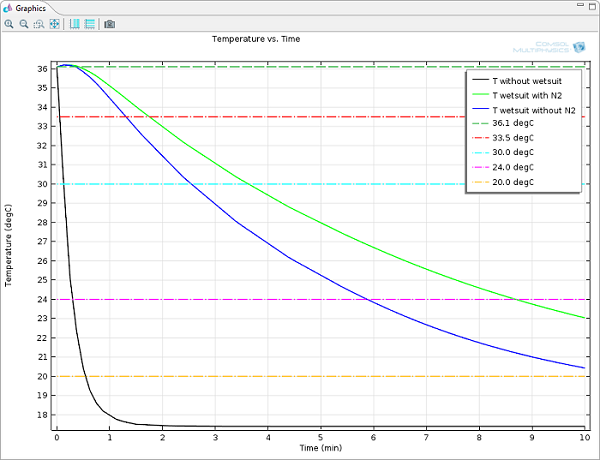
Thermal Insulation with Bubbles is Better
As a nuclear engineer, I’ve attended many thermal engineering classes. Whereas I’ve enjoyed learning techniques to enhance heat transfer, I’ve also found fascinating those applications where it is important to reduce heat transfer using the right choice and combination of materials and shapes. The design of this is vital for many industries, including the building and aerospace industries. Lately, I came across an interesting example of thermal insulation in the most mundane of these things: clothing design. I had to […]
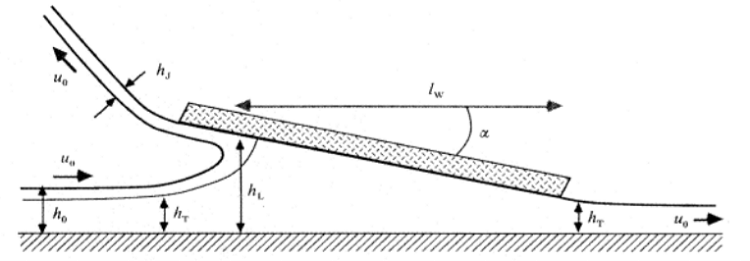
Skimboard Hydrodynamics: It’s All in the Boundary Conditions
When it comes to recreational water sports, simulation can make a dramatic difference in performance. Skimboards are a perfect example of this. These short, thin boards are similar to surfboards without fins and they allow riders to float on the water’s surface and glide. In order to improve the design of the board, one group of researchers relied on hydrodynamics to understand the interaction between water and skimboards.
